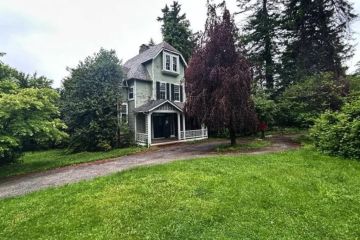The Design Files: Inside the restoration of Fender House
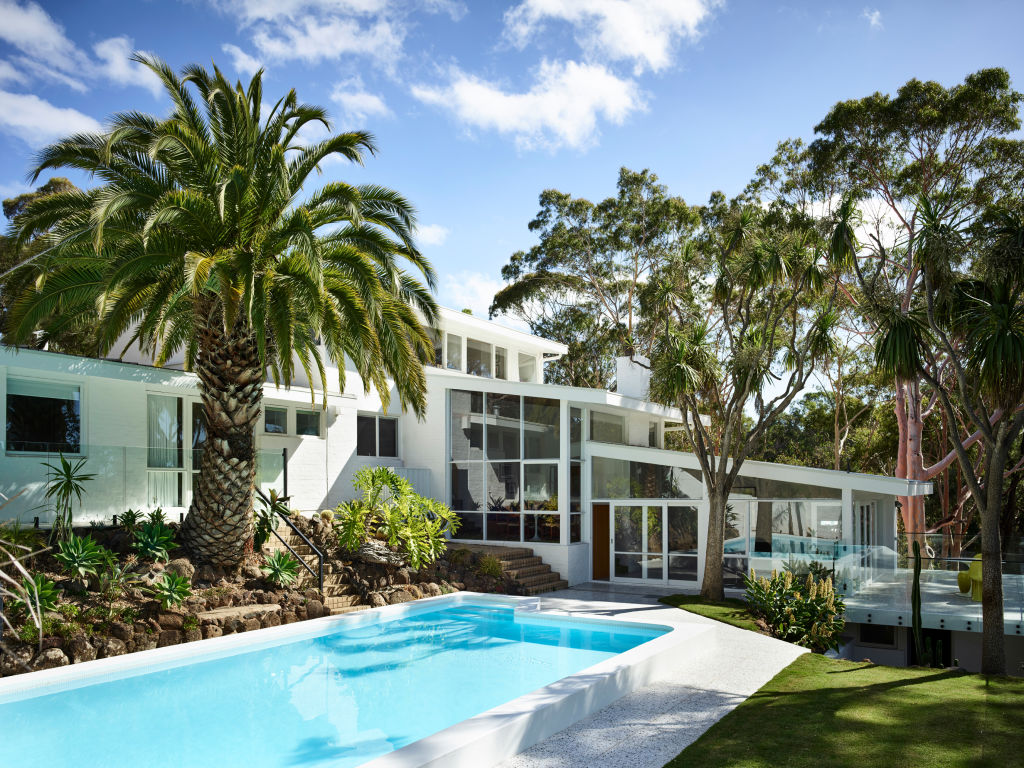
Who: Katie Brannaghan and husband Ian, a dentist in Melbourne, and their daughters Milla (12) and Yvie (9)
What: A lovingly restored mid-century marvel
Where: Mount Martha, Victoria
When Katie Brannaghan and husband Ian purchased this home in April 2017, they were met with slight shock at how much work needed to be done.
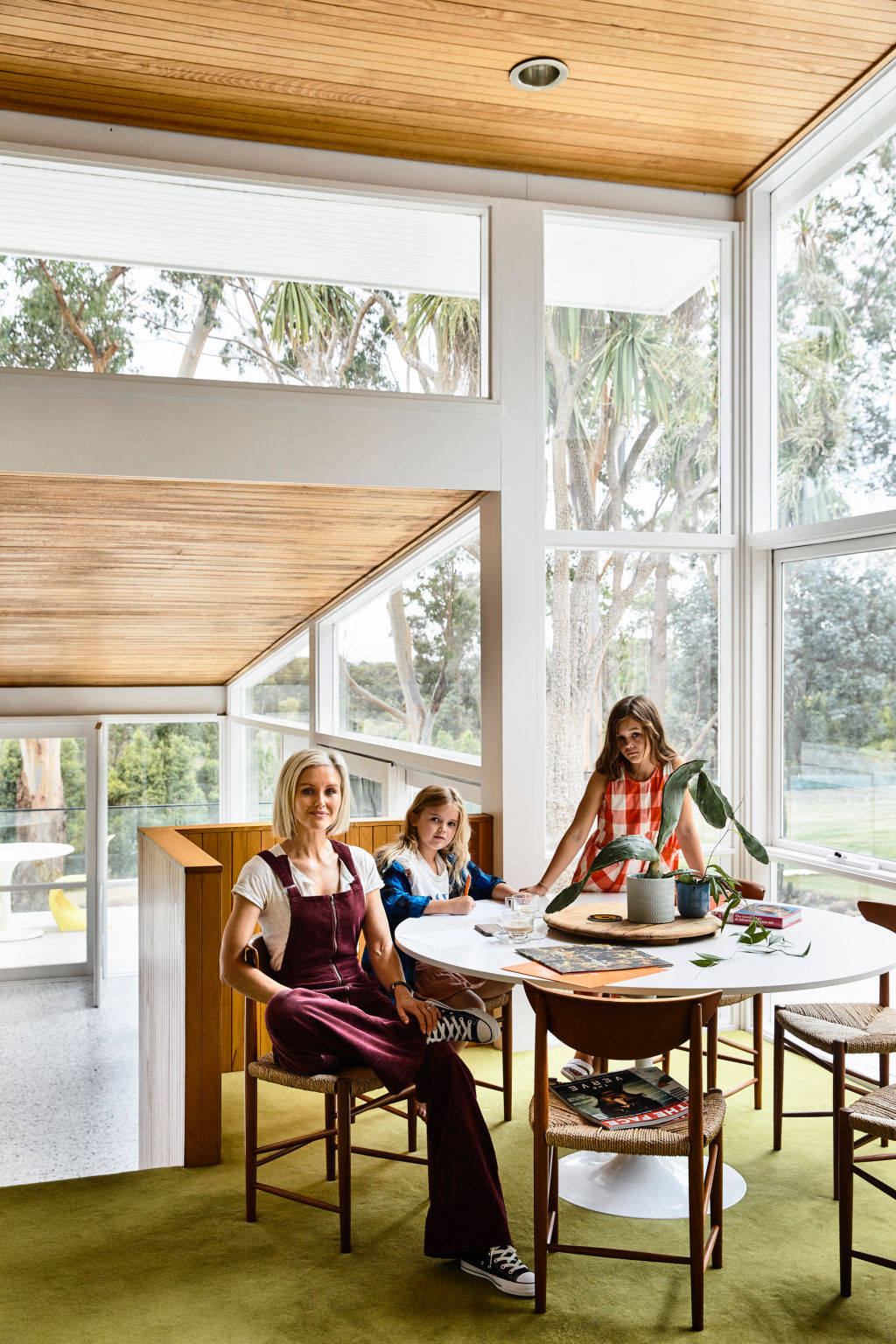
The previous owners were hoarders, so a large-scale clean was necessary. But as these surface works were undertaken, Brannaghan realised how many ’90s and early 2000s renovations had altered the mid-century space.
“We wanted it to look similar to what it would have originally looked like, back in circa ’73,” she says.
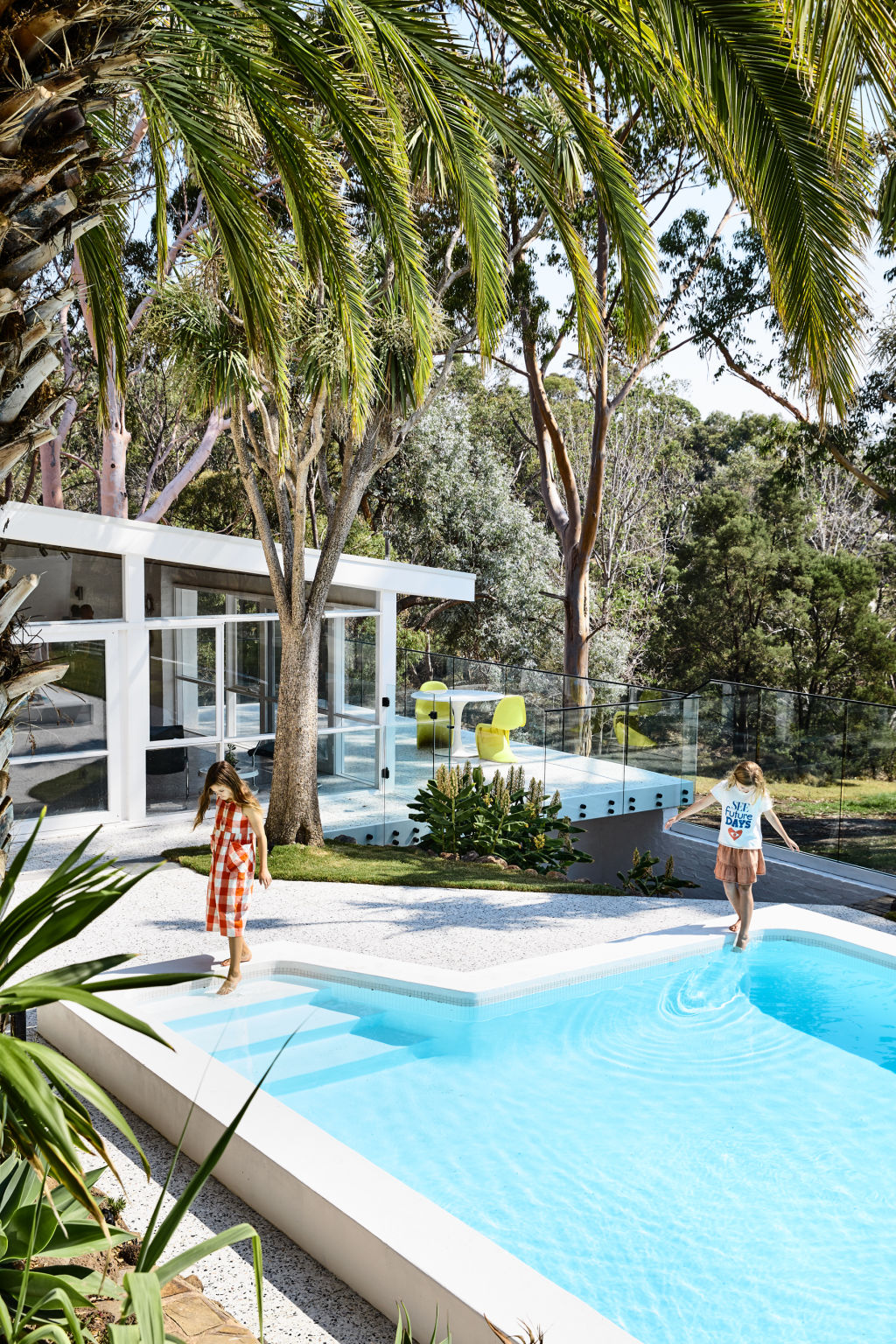
The incredible home was originally designed by Karl Fender, who was just 23 when he took on this job for an eccentric local. (Things worked out pretty well for the architect wunderkind – he’s now one half of the iconic firm Fender Katsalidis).
Brannaghan tried to research the property, but was met with dead ends, until one day she posted about it on Instagram. “I tagged Karl in one of the pictures, and to my delight he responded!”
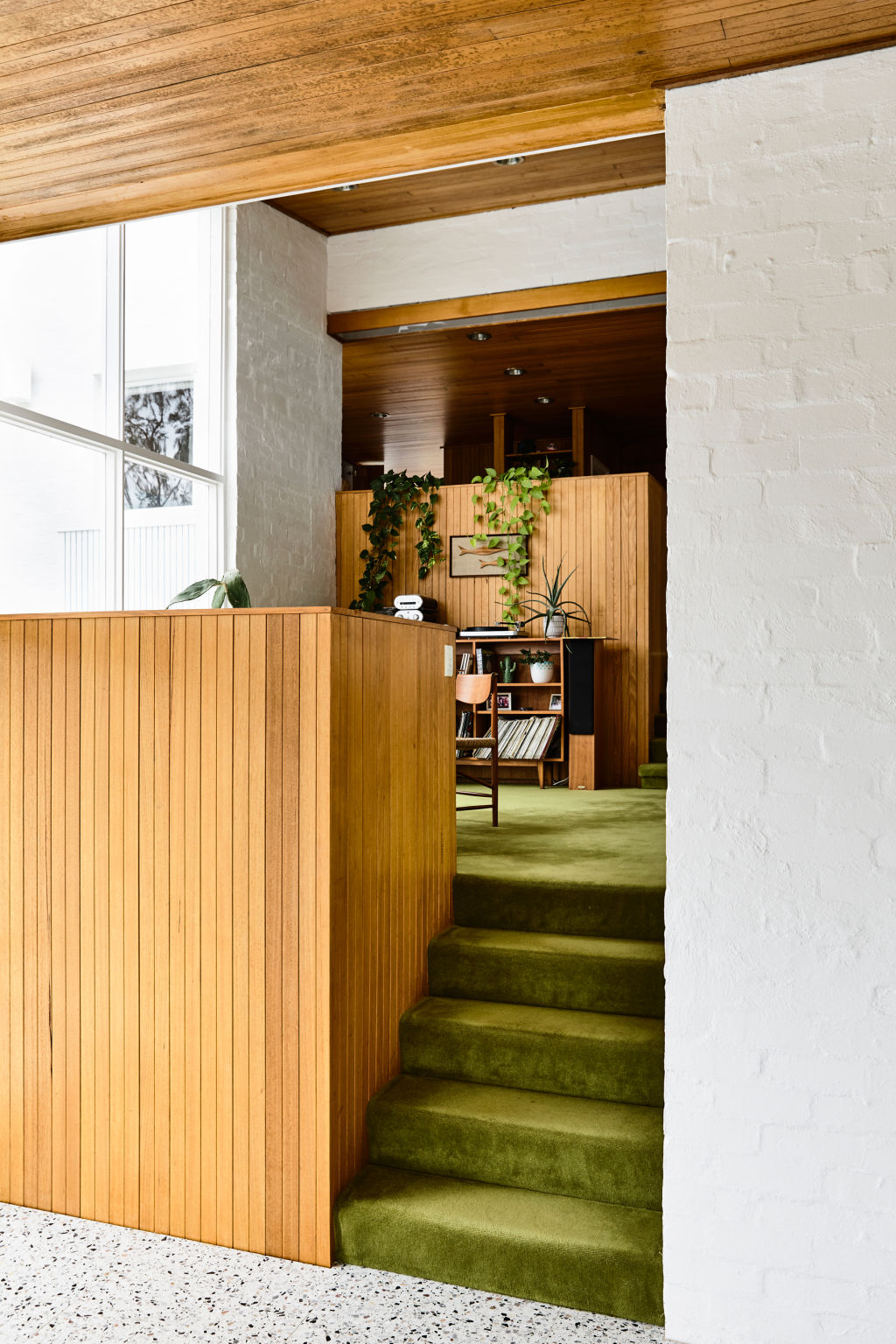
She invited the architect to come and visit and he brought along his original hand-drawn plans and plenty of stories. “Much to our relief and joy, he was very happy with what we’d done to the house,” she says.
The Fender-approved renovations are extensive, and have brought the house back to life, by gently drawing on the past. Tiles from the ’90s were retro-updated with ’70s-style terrazzo around the pool, and original-era-appropriate green carpet was introduced, with guests now assuming it is original.
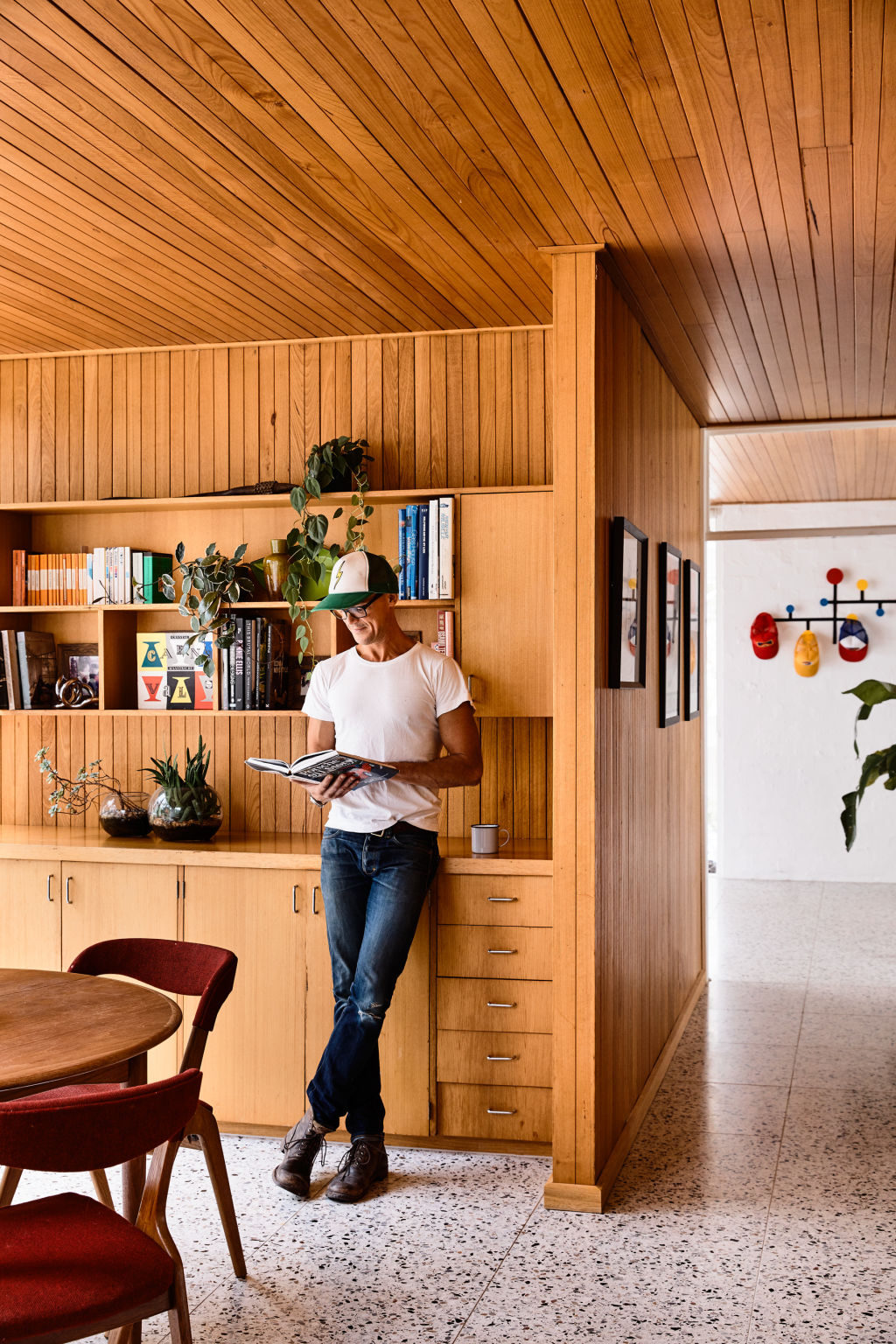
Beyond these aesthetic features, the kitchen was a space that required a massive overhaul, not least because it was about to fall through the floor. “It was a death trap!” Brannaghan says.
Other essential renovations included getting rid of asbestos, replacing termite-riddled floors and walls, introducing a hydronic heating and cooling system, rendering the pool, installing solar panels, landscaping, building a woodshed, and bringing in a septic tank.
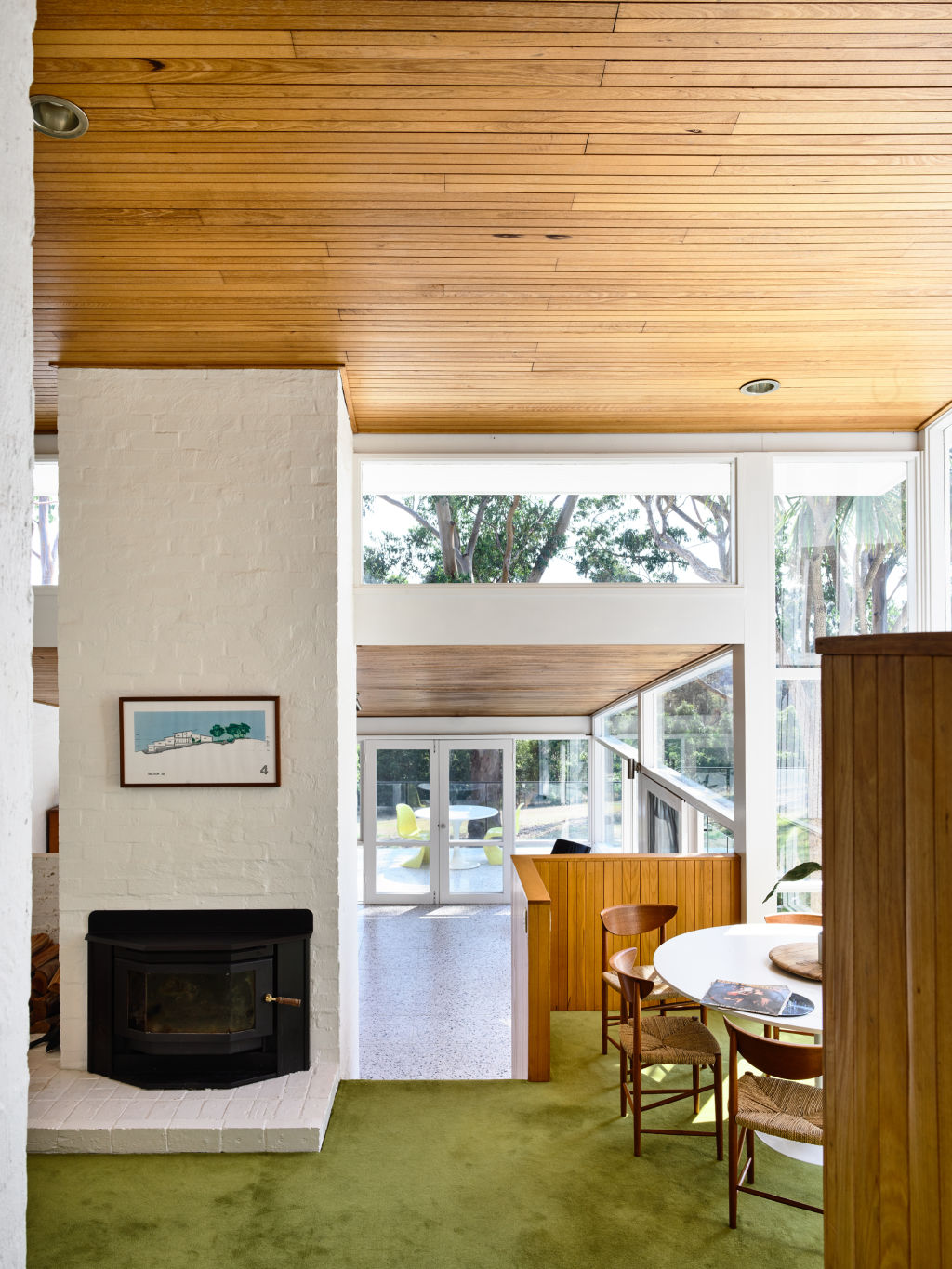
Inside, the renovations look forward by looking back. Brannaghan says: ‘It feels like you could have stepped back into the ’70s when you walk through the door.”
The original wood-panelled walls and high ceilings create a mid-century ambience, while the six-bedroom home offers incredible views through the giant windows. “When Karl designed it, so much thought went into where the light streams in,” Brannaghan says.
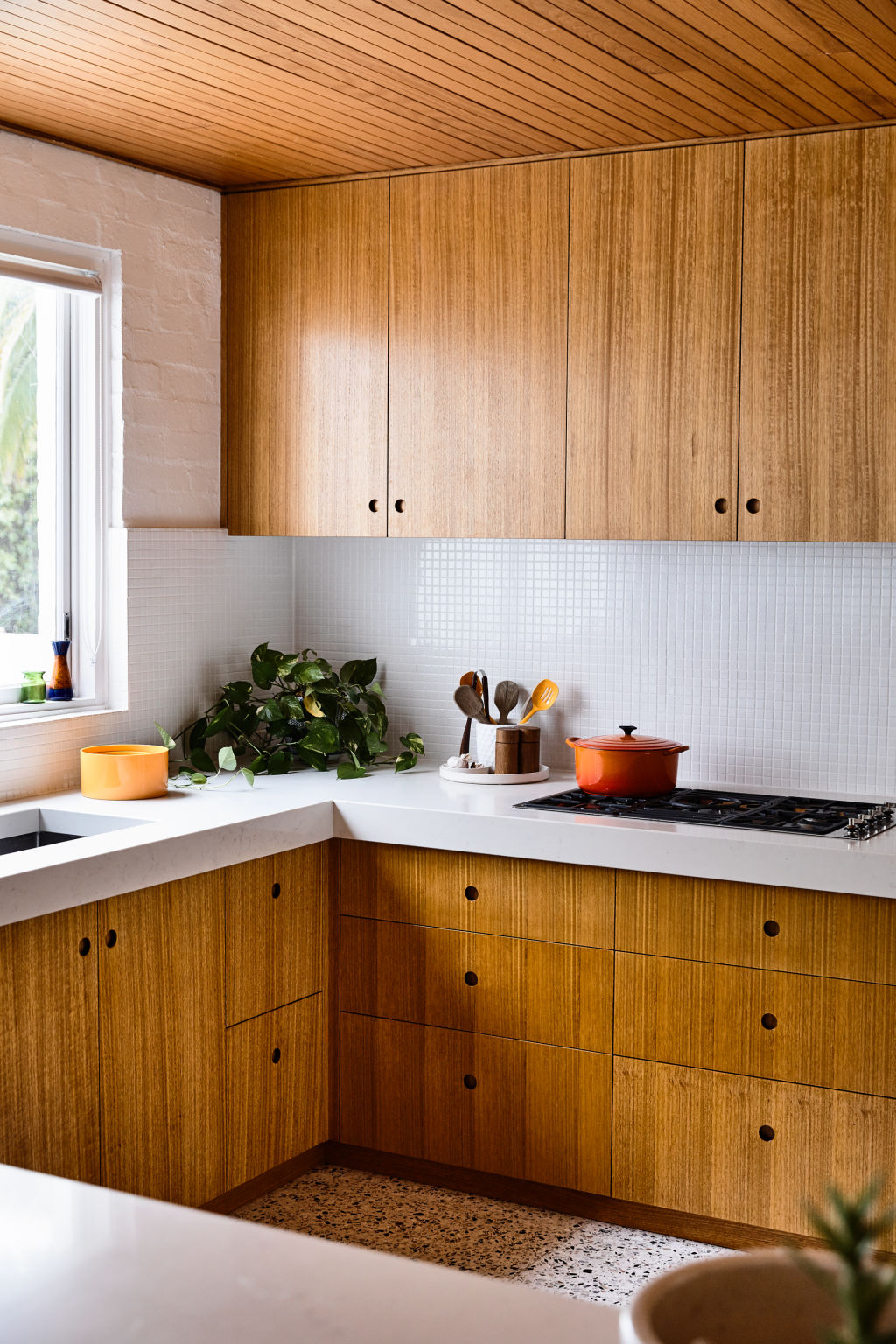
As the home sprawls, it also offers plenty of cosy nooks and crannies.
For his part, Karl Fender has given this sensitive update his seal of approval. “I’m so glad this house found you,” he told the Brannaghans during his visit to the home. A match made in mid-century heaven.
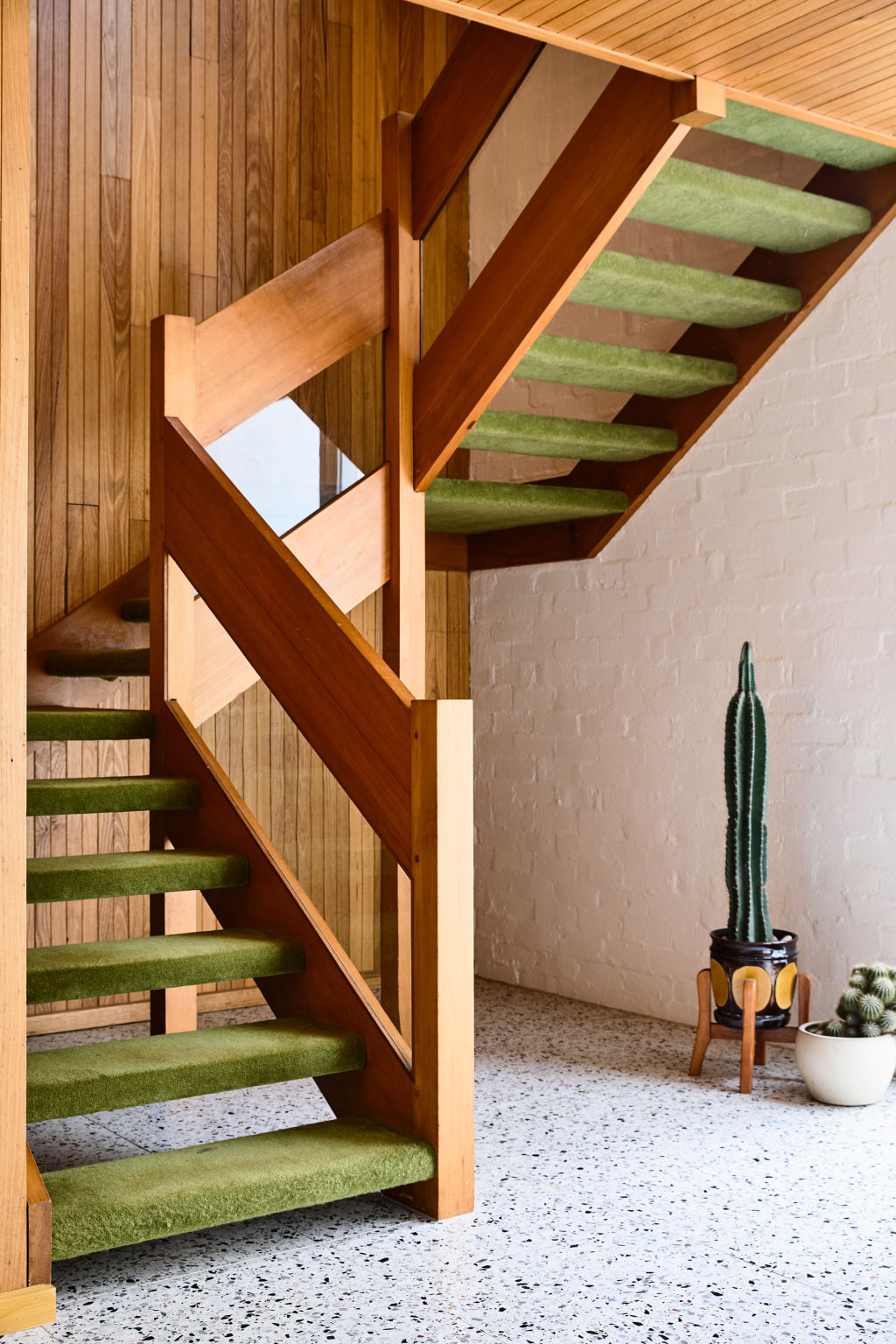
How to hero the past
Homes from the 1950s, ’60s and even the ’70s are enjoying an extended moment in the spotlight right now. They are coveted for their strong designs, robust construction, generous floor plans, and natural light. But there’s no denying that many of these homes require sensitive updating.
Consider the following before embarking on a renovation:
- Do your research. Understanding the history and reason for the layout and materials used will greatly enhance your renovation.
- If the original architect or firm who designed your home is still around, contact them. More often than not, they will be keen to provide support.
- Extensions shouldn’t seek to replace the existing architecture, nor replicate it. An addition can feel “new”, but it should be informed by the original design.
- The golden rule is to minimise demolition, and let the original features of the home shine through.
We recommend
States
Capital Cities
Capital Cities - Rentals
Popular Areas
Allhomes
More
- © 2025, CoStar Group Inc.










